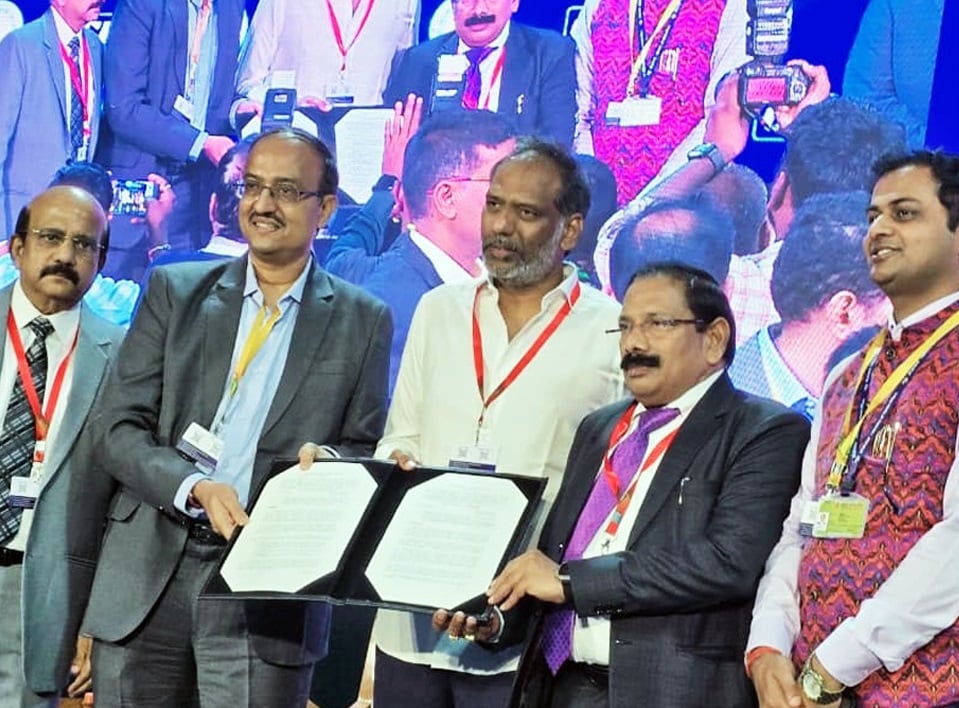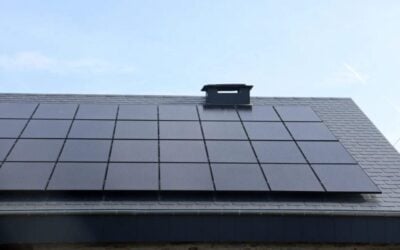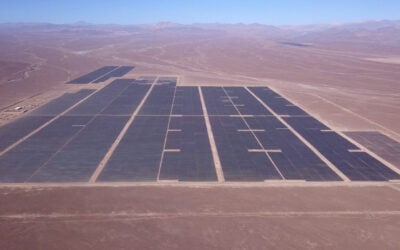
Solar Energy Corporation of India Limited (SECI) has signed government orders (GOs) with the Government of Andhra Pradesh to develop a 1200MWh battery energy storage system (BESS) at Nandyal and a 50MW hybrid solar plant.
The agreement was signed during the Andhra Pradesh Partnership Summit 2025 held in Visakhapatnam. Both projects will be developed under the capital expenditure (CAPEX) mode, with SECI, the government agency established under the Ministry of New and Renewable Energy (MNRE), undertaking complete investment responsibilities.
The agreement marks a key step in bolstering the state’s renewable infrastructure. The projects represent a major boost to India’s emerging storage ecosystem and support the transition to a more resilient, storage-enabled green grid.
India is slowly bolstering its BESS capacity, reaching 490MWh of cumulative installations by the end of June 2025. In the first half of 2025, the country added 48.4MWh of new storage – a 74% drop compared to the first half of 2024.
Enjoy 12 months of exclusive analysis
- Regular insight and analysis of the industry’s biggest developments
- In-depth interviews with the industry’s leading figures
- Annual digital subscription to the PV Tech Power journal
- Discounts on Solar Media’s portfolio of events, in-person and virtual
The Central Electricity Authority has projected 411.4GWh of storage will be required by 2032 – 236.2GWh from BESS and 175.2GWh from pumped hydro energy storage (PHES) – to manage daytime solar surpluses and steep evening demand peaks.
Under the Government of India, several public sector companies regularly publish battery energy storage system (BESS) tenders spearheaded by SECI. These include a variety of applications, the most prominent being: standalone energy storage, hybrid renewables-plus-storage and two types of energy storage-backed peak demand or time-specific tenders, firm dispatchable renewable energy (FDRE) and round-the-clock (RTC) renewable energy.
As of July this year, 171GWh of energy storage-related or specific tenders had been hosted in the country to date since the first in 2018, according to the India Energy Storage Alliance (IESA) trade association. As IESA president Debmalya Sen wrote in a Guest Blog for this site in May, while the tenders have not been without challenges, tendering, along with direct government support and regulatory treatment to open doors for energy storage, has changed the market landscape dramatically in the past few years.
In June 2025, SECI issued a tender for 1,200MW of solar PV paired with 600MW/3,600MWh of battery storage, connected to the Inter-State Transmission System (ISTS) network. The Central Power Sector Utility (CPSU) released the request for selection (RfS) on 19 June. As with previous solar-plus-storage tenders, selected developers will sign 25-year PPAs with SECI for build-own-operate projects.
SECI is also due to hold a first stakeholder meeting next week (25 November) regarding a proposed tender for the supply of peak power from pumped hydro plants, which would be based on the Standard Bidding Guidelines for storage capacity procurement issued in February this year.
SECI aims to host a detailed discussion on the structure of the tariff-based competitive tender during the stakeholders’ meeting, to be held both online and offline.
See more Energy-Storage.news coverage of the India market.
Additional reporting by Andy Colthorpe.





